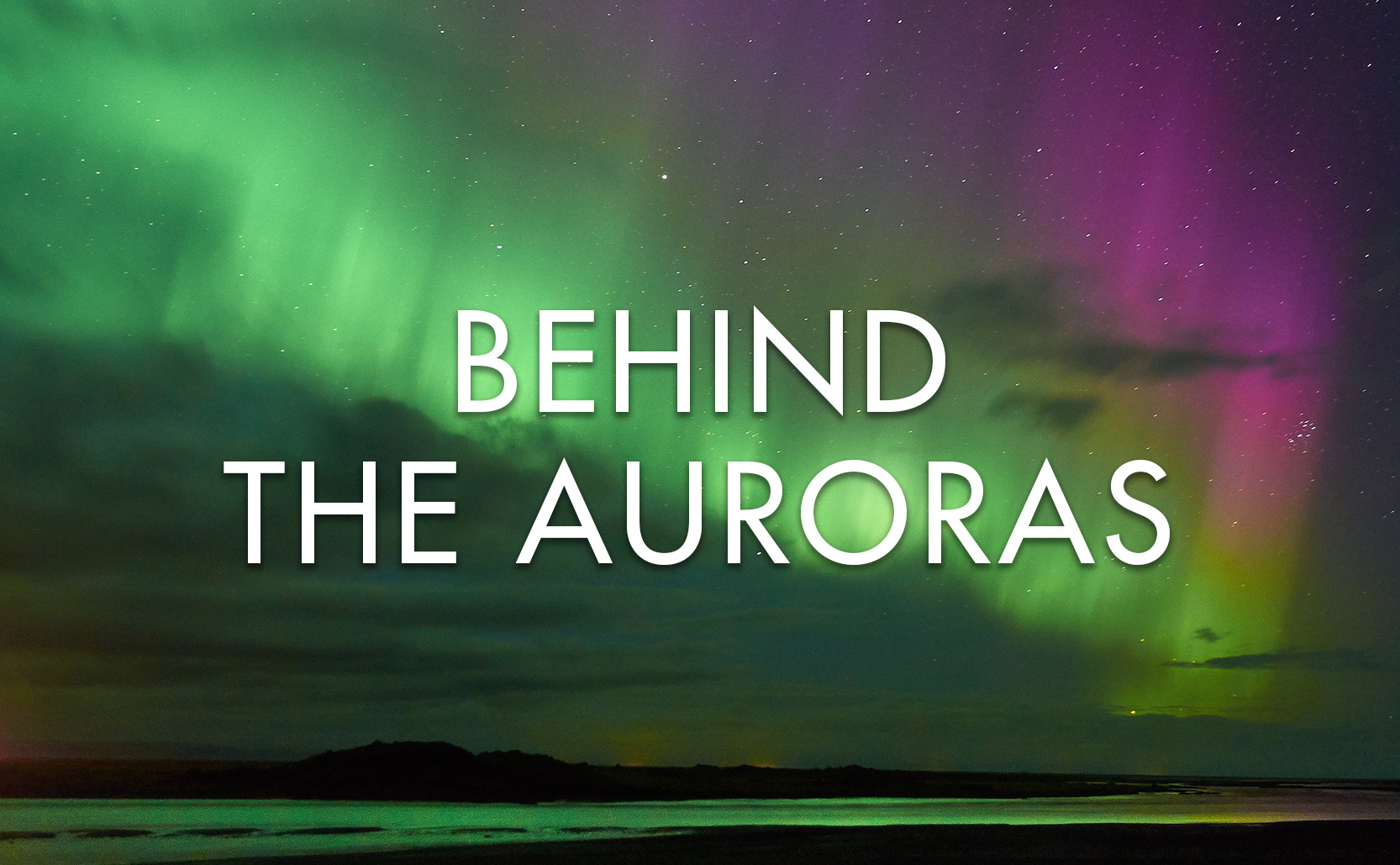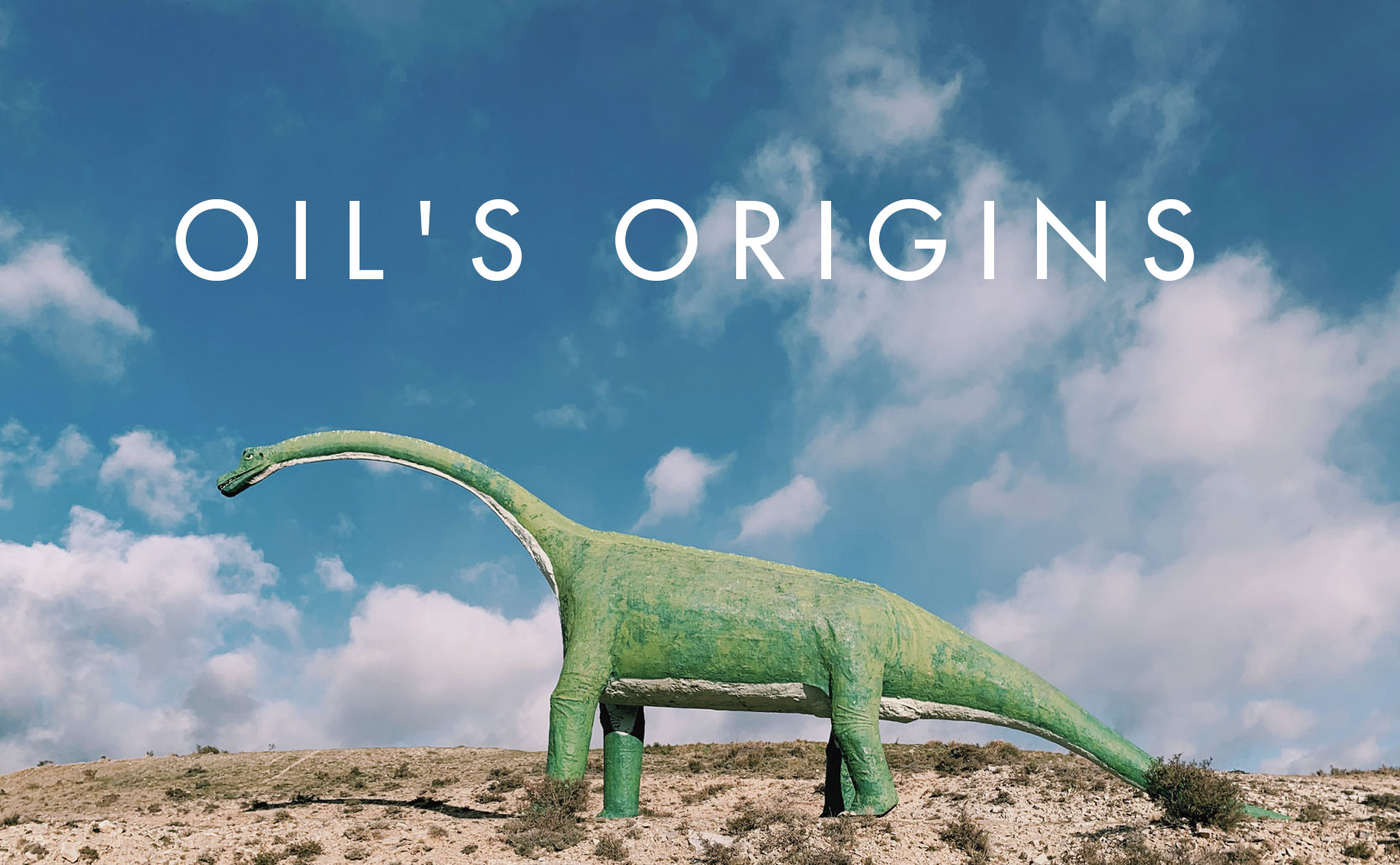Behind the Auroras
The Aurora Borealis & Aurora Australis are both beautiful light shows as well as visual signs that the Earth’s magnetosphere is still protecting us from a constant barrage of destructive particles from the Sun.
The lights
In mythology & folklore the Northern Lights have been seen as both good and ill omens. This tended to depend on your degree of latitude which dictated how frequently you saw them. Northern people more accustomed to the lights such as those of Sweden, Norway, and Finland saw the lights as the energies of the departed and worthy of respect. Similarly, different peoples of Alaska saw the lights as the dancing spirits of humans or animals. Further south in ancient Rome, where the lights were seen less frequently, they were seen as a harbinger of war or famine.
Scientifically, the aurora are the result of charged particles from the sun (protons & electrons) interacting with oxygen & nitrogen in the Earth’s atmosphere. The different colors are the result of which gases the particles encounter at which altitudes. The most common color is yellow-green which is the sun’s particles interacting with oxygen at around 60 miles above the Earth. Nitrogen produces blue light below 60 miles in altitude but produces purple light above that. Red is also produced by oxygen but at altitudes above 150 miles. The light produced in these exchanges lasts only a second or less but the steady stream of particles from the sun can create long lasting light shows.

Special Delivery
The sun is constantly emitting these charged particles. The solar wind regularly delivers a steady stream of particles to Earth but they are also unleashed in larger more powerful bursts through solar flares and coronal mass ejections (CMEs). When any of these charged particles approach Earth their path is directed by the Earth’s magnetosphere which is essentially a magnetic force-field generated by the Earth. The magnetosphere deflects most of these particles around & away from the Earth, however some particles are pulled down towards the magnetic northern and southern poles. It’s these particles pulled towards the poles that create the dazzling auroras.


So where is the danger?
The key to the aurora light shows, and our survival, is the magnetosphere. Without it, Earth would be subjected to the full brunt of the emissions from the sun. If left completely exposed these charged particles would gradually strip the Earth of its atmosphere. No atmosphere, no life. It has been theorized that Mars once had a magnetosphere but lost it approximately 4 billion years ago. As a result the atmosphere was carried off into space by the solar wind. With no atmosphere the water of Mars boiled off leaving Mars a barren wasteland.
So the light shows of the auroras are the direct result of the constant defensive protection of the Earth’s magnetosphere. This shield protects all life on Earth from the never-ending stream of charged particles that would otherwise end life on Earth as we know it.



